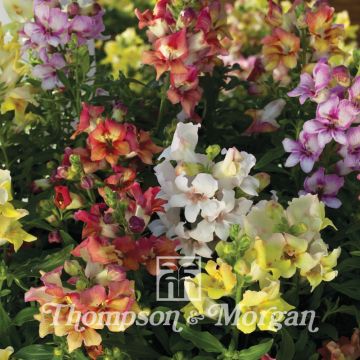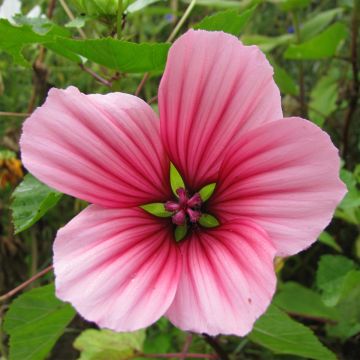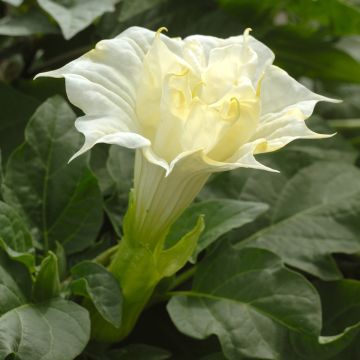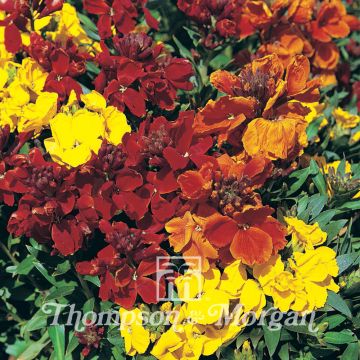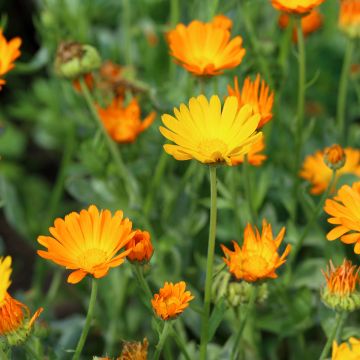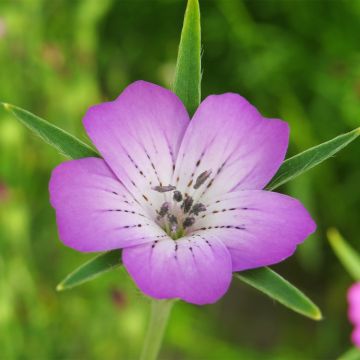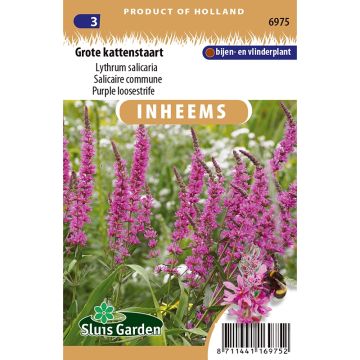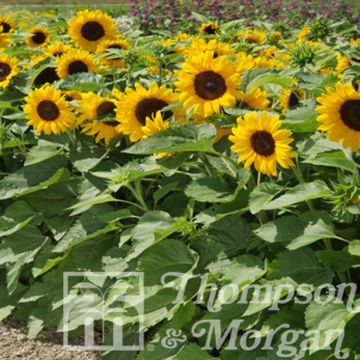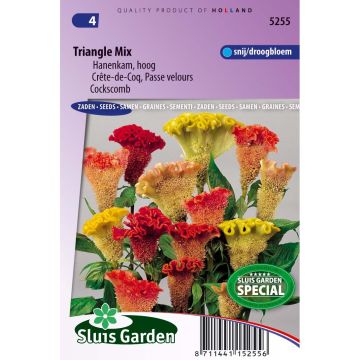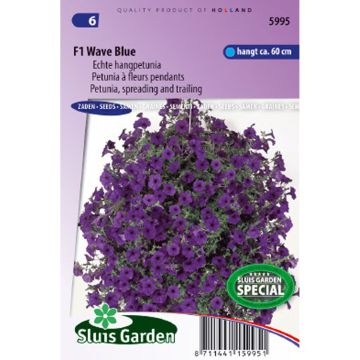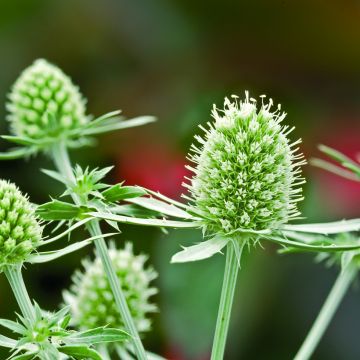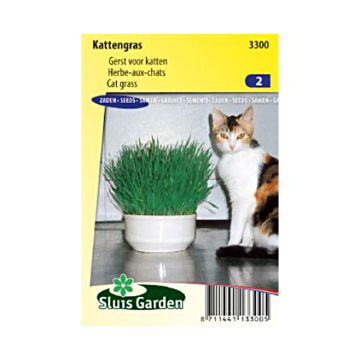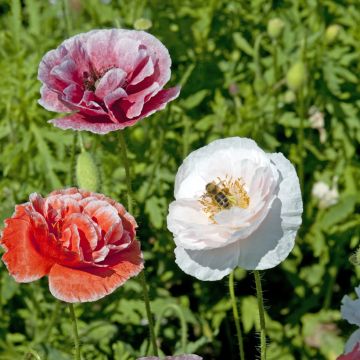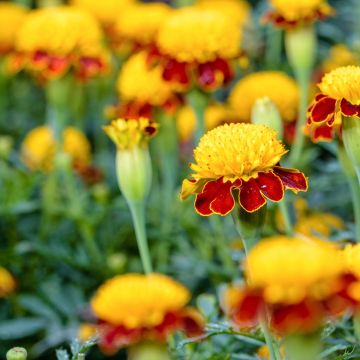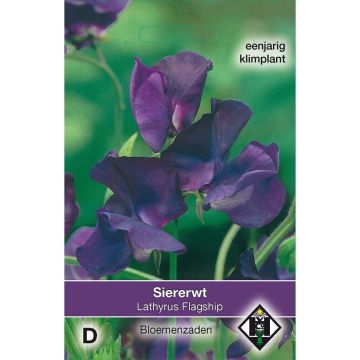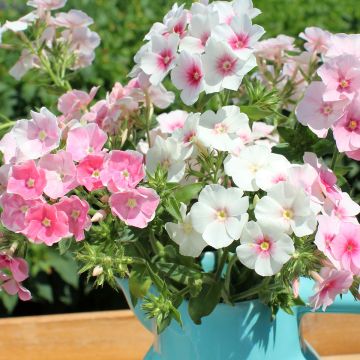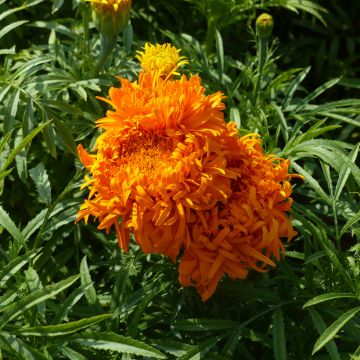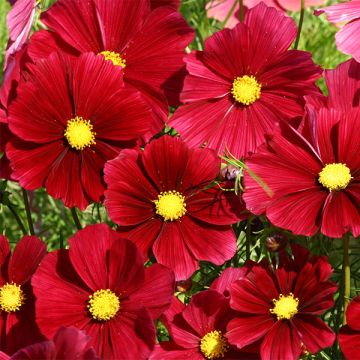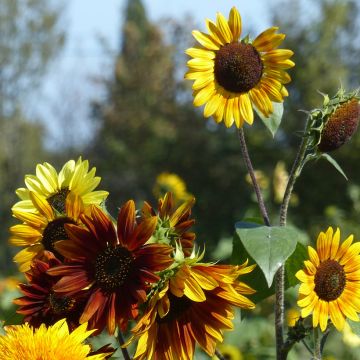

Viola tricolor Seeds - Hearts ease
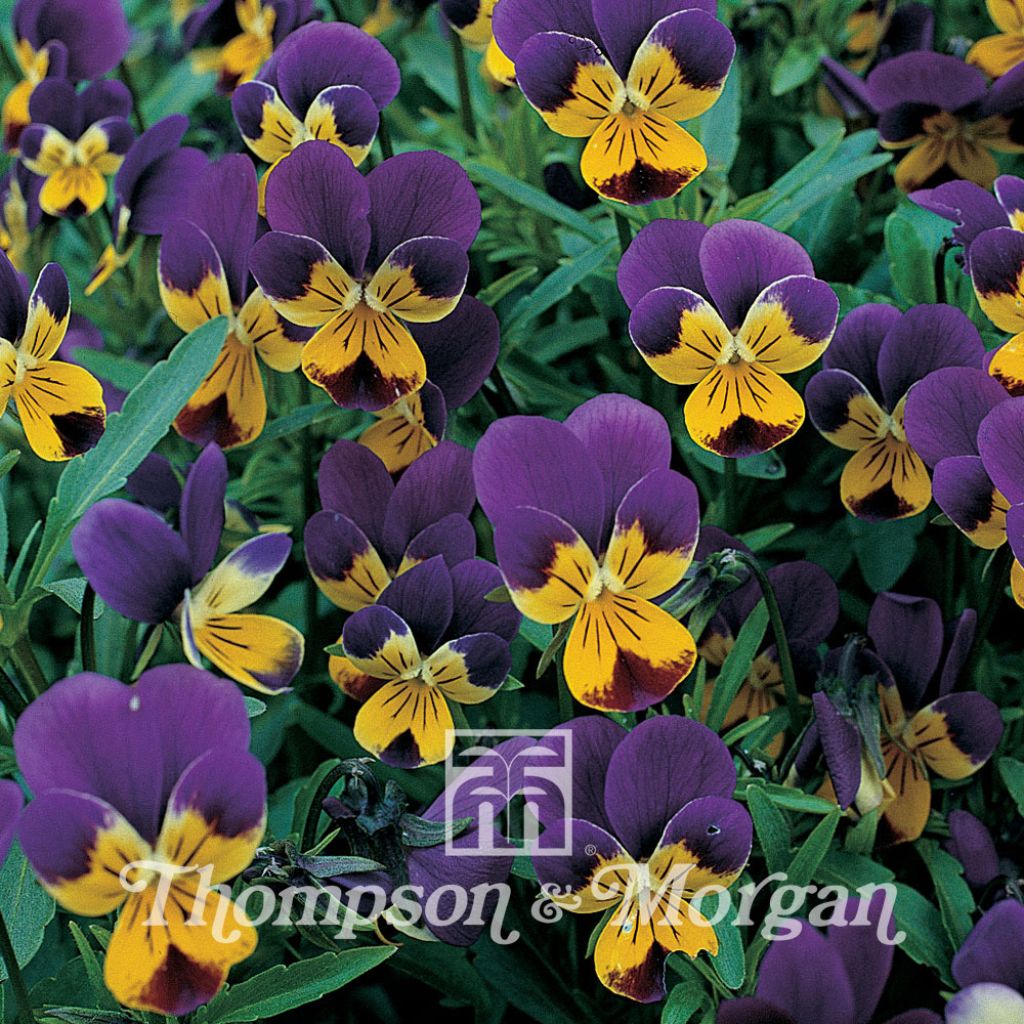

Viola tricolor Seeds - Hearts ease
Viola tricolor Seeds - Hearts ease
Viola tricolor
Wild Pansy, Heart's Ease
Gorgeous, everything has sprouted beautifully and the single-sized flowers are simply stunning!
Emilien, 04/04/2019
This item cannot be shipped to the selected country
Dispatch by letter from €3.90
More information
Schedule delivery date,
and select date in basket
This plant carries a 6 months recovery warranty
More information
We guarantee the quality of our plants for a full growing cycle, and will replace at our expense any plant that fails to recover under normal climatic and planting conditions.
Seed-only orders are dispatched by sealed envelope. The delivery charge for seed-only orders is €3.90.

Does this plant fit my garden?
Set up your Plantfit profile →
Description
Viola tricolor, also called wild pansy, is a small annual or biennial plant that is much sought after for the delicacy of its blooms and is the wild ancestor of the cultivated pansy that braves the harshness of winters to decorate our window boxes. From summer to winter, it tirelessly displays its corollas in combinations of shades of blue, white, yellow and violet. Each bloom looks as if they were hand-painted, each displaying their own individual personality. Over time, it forms a beautiful carpet of leaves and flowers and self-seeds spontaneously and profusely in moist, well-drained soil, in the sun.
Heart's ease or wild pansy belongs to the family Violaceae and grows spontaneously in many parts of Europe and temperate Asia. It is a low-lying perennial plant that has given rise to many hybrids, the most famous of which are to the cultivated hybrids known as garden pansies. It is a herbaceous, spreading plant that measures up to 15 cm high when in bloom and whose dark green, oval, crenate, evergreen leaves form a flared, spreading clump that tends to be somewhat mat-forming. Heart's ease is sometimes perennial, but most often grows as a biennial. Depending on the date of sowing, this plant will flower from spring to winter, sometimes continuously if it is cut back at the end of summer. Its solitary, lateral flowers, borne on long, fine peduncles, appear on fine, airy stems. The sepals are never larger than the corolla, which is 10 to 25 mm long. It comes in shades of purple, purple, blue, yellow or white. The yellow, white and violet tricolour form is the most sought-after, giving the species its name. The whole flower reaches around 15 mm in diameter and the petals have a silky texture that reflects light well. The angular, branched stems bear oval, lobed or lanceolate leaves. The plant spreads fairly quickly through its rhizomes and can easily self-seeds in the garden.
Wild pansies, just like horned violets, are meant for decorating low-lying beds, borders, pots and balcony planters, where they can be combined with other spring and summer flowering plants (forget-me-nots, dwarf daffodils, common daisies, primroses, botanical tulips, summer and autumn asters). The flowers of violets and pansies are edible, so don't hesitate to decorate your plates with one or two flowers, or to use them to add a touch of colour to your salads.
Report an error about the product description
Flowering
Foliage
Plant habit
Botanical data
Viola
tricolor
Violaceae
Wild Pansy, Heart's Ease
Northern Europe
Other Thompson and Morgan seeds
Planting and care
Sow wild pansy in the nursery from July to September and then prick out the young plants in little pots. Plant out your young plants in the open ground in October, before the first frosts, spacing them 20 cm apart.
Second solution : sow under cover at the end of winter and plant out in open ground at the end of spring.
Germination takes about 15 days at 16 °C.
Use a mixture of 1/3 compost, 1/3 garden soil and 1/3 river sand. It takes 15 days for seedlings to emerge. Watch out for attacks by snails and slugs which are particularly fond of these young plants.
Removing wilted flowers will promote further blooming.
Wild pansies appreciate light, humus-rich, moist soil, that is imperatively well-drained since they do not like excessive moisture in winter. In heavy soil, add a little sand to improve drainage.
Plant the pansies in a sunny situation without scorching sunlight or in light shade.
Sowing period
Intended location
-
, onOrder confirmed
Reply from on Promesse de fleurs
Flower seeds
Haven't found what you were looking for?
Hardiness is the lowest winter temperature a plant can endure without suffering serious damage or even dying. However, hardiness is affected by location (a sheltered area, such as a patio), protection (winter cover) and soil type (hardiness is improved by well-drained soil).

Photo Sharing Terms & Conditions
In order to encourage gardeners to interact and share their experiences, Promesse de fleurs offers various media enabling content to be uploaded onto its Site - in particular via the ‘Photo sharing’ module.
The User agrees to refrain from:
- Posting any content that is illegal, prejudicial, insulting, racist, inciteful to hatred, revisionist, contrary to public decency, that infringes on privacy or on the privacy rights of third parties, in particular the publicity rights of persons and goods, intellectual property rights, or the right to privacy.
- Submitting content on behalf of a third party;
- Impersonate the identity of a third party and/or publish any personal information about a third party;
In general, the User undertakes to refrain from any unethical behaviour.
All Content (in particular text, comments, files, images, photos, videos, creative works, etc.), which may be subject to property or intellectual property rights, image or other private rights, shall remain the property of the User, subject to the limited rights granted by the terms of the licence granted by Promesse de fleurs as stated below. Users are at liberty to publish or not to publish such Content on the Site, notably via the ‘Photo Sharing’ facility, and accept that this Content shall be made public and freely accessible, notably on the Internet.
Users further acknowledge, undertake to have ,and guarantee that they hold all necessary rights and permissions to publish such material on the Site, in particular with regard to the legislation in force pertaining to any privacy, property, intellectual property, image, or contractual rights, or rights of any other nature. By publishing such Content on the Site, Users acknowledge accepting full liability as publishers of the Content within the meaning of the law, and grant Promesse de fleurs, free of charge, an inclusive, worldwide licence for the said Content for the entire duration of its publication, including all reproduction, representation, up/downloading, displaying, performing, transmission, and storage rights.
Users also grant permission for their name to be linked to the Content and accept that this link may not always be made available.
By engaging in posting material, Users consent to their Content becoming automatically accessible on the Internet, in particular on other sites and/or blogs and/or web pages of the Promesse de fleurs site, including in particular social pages and the Promesse de fleurs catalogue.
Users may secure the removal of entrusted content free of charge by issuing a simple request via our contact form.
The flowering period indicated on our website applies to countries and regions located in USDA zone 8 (France, the United Kingdom, Ireland, the Netherlands, etc.)
It will vary according to where you live:
- In zones 9 to 10 (Italy, Spain, Greece, etc.), flowering will occur about 2 to 4 weeks earlier.
- In zones 6 to 7 (Germany, Poland, Slovenia, and lower mountainous regions), flowering will be delayed by 2 to 3 weeks.
- In zone 5 (Central Europe, Scandinavia), blooming will be delayed by 3 to 5 weeks.
In temperate climates, pruning of spring-flowering shrubs (forsythia, spireas, etc.) should be done just after flowering.
Pruning of summer-flowering shrubs (Indian Lilac, Perovskia, etc.) can be done in winter or spring.
In cold regions as well as with frost-sensitive plants, avoid pruning too early when severe frosts may still occur.
The planting period indicated on our website applies to countries and regions located in USDA zone 8 (France, United Kingdom, Ireland, Netherlands).
It will vary according to where you live:
- In Mediterranean zones (Marseille, Madrid, Milan, etc.), autumn and winter are the best planting periods.
- In continental zones (Strasbourg, Munich, Vienna, etc.), delay planting by 2 to 3 weeks in spring and bring it forward by 2 to 4 weeks in autumn.
- In mountainous regions (the Alps, Pyrenees, Carpathians, etc.), it is best to plant in late spring (May-June) or late summer (August-September).
The harvesting period indicated on our website applies to countries and regions in USDA zone 8 (France, England, Ireland, the Netherlands).
In colder areas (Scandinavia, Poland, Austria...) fruit and vegetable harvests are likely to be delayed by 3-4 weeks.
In warmer areas (Italy, Spain, Greece, etc.), harvesting will probably take place earlier, depending on weather conditions.
The sowing periods indicated on our website apply to countries and regions within USDA Zone 8 (France, UK, Ireland, Netherlands).
In colder areas (Scandinavia, Poland, Austria...), delay any outdoor sowing by 3-4 weeks, or sow under glass.
In warmer climes (Italy, Spain, Greece, etc.), bring outdoor sowing forward by a few weeks.

































